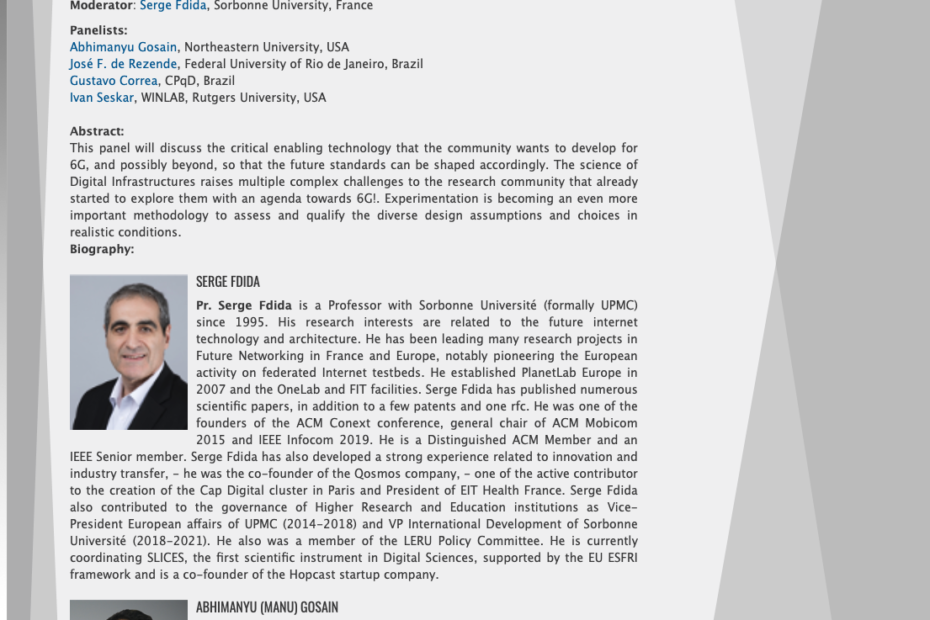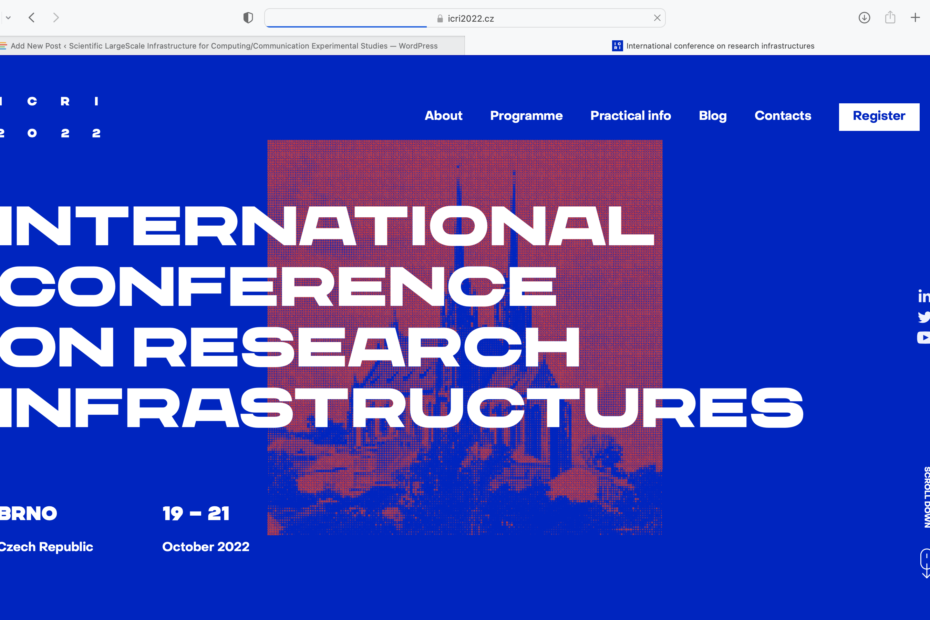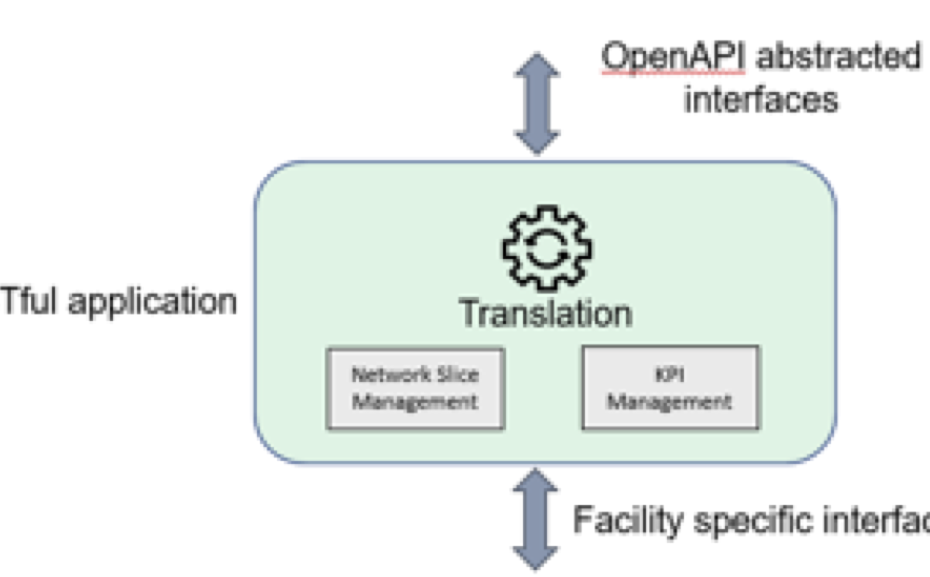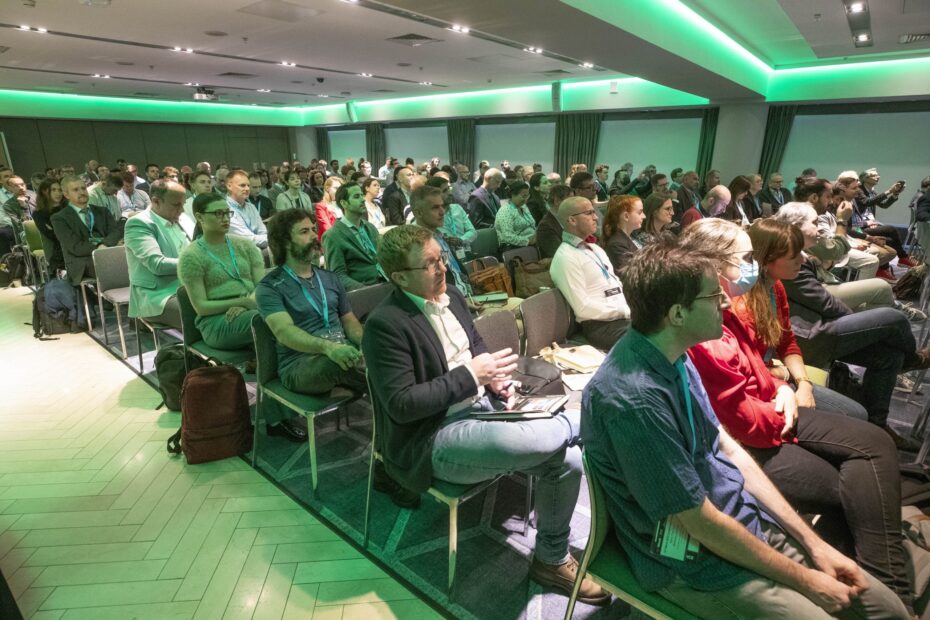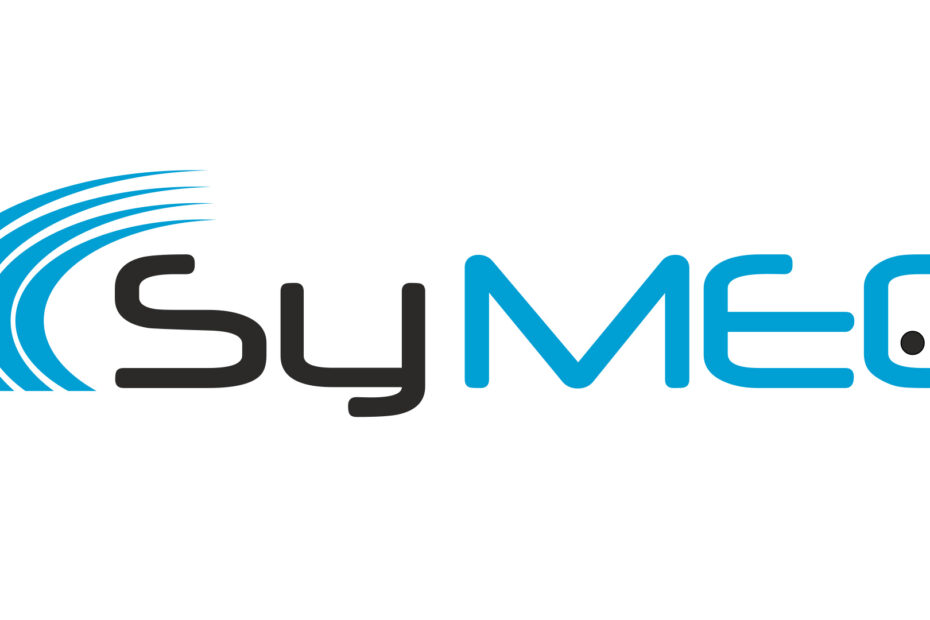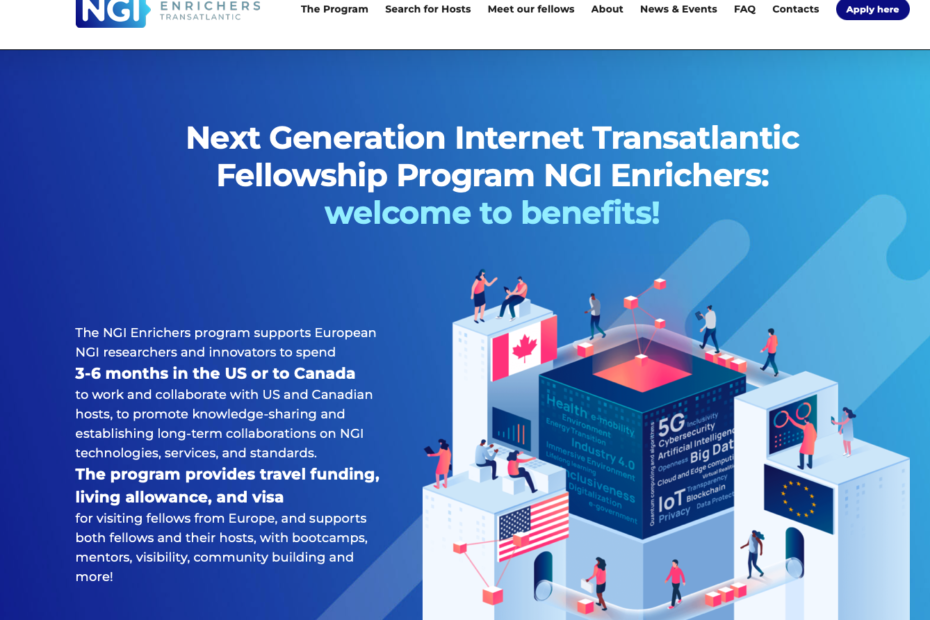
NGI Enrichers Transatlantic Fellowship Program
NGI Enrichers Transatlantic Fellowship Program – 1st Call for Paired Teams – now open! Call open: 30 Nov 2022, Deadline: 31 Jan 2023. The NGI Transatlantic Fellowship program is seeking to engage NGI Researchers and Innovators, including researchers with technical background, or Social Sciences and the Humanities (SSH) background, or from other multidisciplinary fields e.g.… Read More »NGI Enrichers Transatlantic Fellowship Program



